Shifting the way we manage time to personalize learning in a blended space
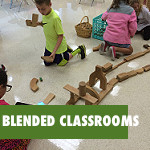 In my former professional life, I had the pleasure and the challenge of managing a large high school library media center. An irony of the job, one that made me smile and cringe, was the volume of the bell which rang every 42 minutes to signal transitions. The speaker in my library was broken and for whatever reason none of us could figure out how to turn it down, so at eight 42-minute intervals throughout each day, a jarring, disruptive, and impossible-to-ignore screech blared.
In my former professional life, I had the pleasure and the challenge of managing a large high school library media center. An irony of the job, one that made me smile and cringe, was the volume of the bell which rang every 42 minutes to signal transitions. The speaker in my library was broken and for whatever reason none of us could figure out how to turn it down, so at eight 42-minute intervals throughout each day, a jarring, disruptive, and impossible-to-ignore screech blared.
In a space meant for reflection, quiet and focused learning, deep dives into inquiry, this interrupter literally felt like chalkboard nails reminding us our schedule boxed us in. I share this story because in my quest to consider how access to technology can support personalized learning, I have been interested in how pacing and timing play a role in middle level classrooms.

Why blended learning?
The International Association for K-12 Online Learning states:
“Blended learning models feature elements of student control over time, pace, path, and/or place, allowing for more student-centered learning experiences. Research shows that students with access to a combination of online and faceto-face instruction excel in relation to peers who have exposure to only one method of instruction.”
If we throw off the constraints of needing to structure 42 minute lessons for all, what might that mean for more student-centered learning opportunities?
The following video from Leaving to Learn speaks to 10 expectations students have for school restructuring to be responsive to their needs, in order to include this idea of thinking differently about time and pace. While the entire short 3-minute video is worth viewing, to see the nod to time and pace, check out the clip from :49 to 1:11:
The questions posed are:
- Am I expected to learn at a constant pace decided by the teacher or can I learn at my own pace?
- Do all students need to learn things in the same sequence or can I learn things in the order that fits my learning style or interests?
So what might this purposeful shift away from traditional timing and pacing constraints look like in the classroom?
Joe Speers, a 6th grade science teacher at Peoples Academy Middle Level in Morrisville, Vermont has been experimenting with using Google Keep and Google Forms to disrupt the traditional teacher-directed whole-class lockstep to one where students self-pace and self-select paths through a learning sequence.
Experimenting with pacing using Google Keep
Speers writes:
“Recently I had the idea of using Google Keep as more of a Learning Management System or badging system. I began transferring many classwork tasks to Google Keep that would generally involve whole-class instruction and then common work time. By issuing these assignments via Google Keep, we have the benefit of easy self pacing, and we remove the thing fast workers hate: waiting for all of our classmates to be ready.
As students ‘finish’ each note’s assignment, I share the next assignment’s Google Keep. The next assignment is like the badge to indicate you finished and are moving on to the next task.
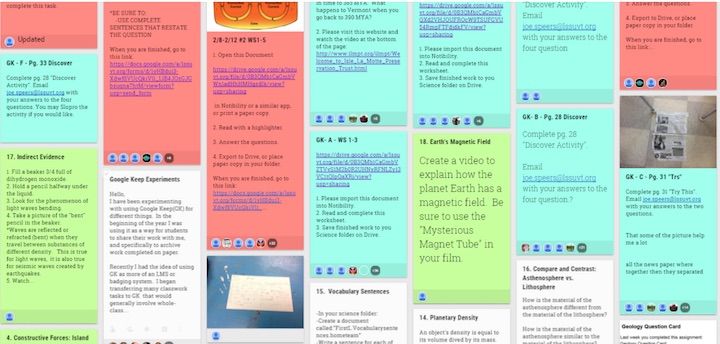
This system follows some of the natural rhythms of the class creating a situation where I have nice randomization of formative assessment and check-ins. At times where no one is in line I can take a deep look at the current assignment a student is working on and slow them down. At other times when there is a log-jam, I can concentrate on sharing, and getting a lot of students moving on to the next task.
I’m working out ways to present/host whole-class instruction at the beginning and middle of class-time to make this system work well. I want to start having the direct instruction be more focused on content, while using tools/technology for task instructions. I am definitely improvising a lot.”
Here is a useful video to introduce Google Keep and the basics of how it works, if you are new to the tool.
Experimenting with Google Forms to increase student choice in ways they want to learn
Because he values choice and understands when students are given control in the way they choose to learn, it often leads to better learner outcomes, Speers is currently exploring how to use Google Forms as a way for students to self-select through the types or modalities of learning activities offered as well.
At first, upon entering the form, students are prompted to clear their heads and refocus on the topic of the day. Next, they are provided a choice in the way they would like to move forward with the learning:
Then:
Again, as students progress through the tasks, they are given both continued choice in the way they learn, as well as an effective check in:
Through to this:
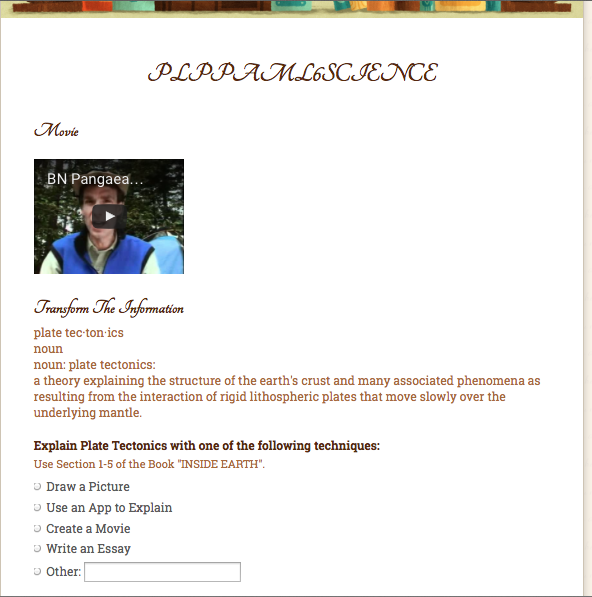
And so on through this interesting use of Google Forms to shift instruction toward both self-pacing and choice.
One might ask if these tools and this structure are manageable in terms of scale.
In my past work with Speers, I have encouraged him to adopt a learning management system that could make the workflow process more efficient. Speers does not dismiss this outright but continues to run into constraints with any LMS he explores and prefers to hack together a system that provides for him the most fluid way to be responsive to student needs.
Here he is demonstrating(with the help of a student) another system for student choice in his class: punch cards.
I’ll end with this recommendation from iNACOL’s report Blended Learning: the Evolution of Online and Face-to-Face Education from 2008-2015 which strikes me as a good response to the questions posed by students from the Leaving to Learn video:
“Personalized instruction requires more than placing a student in front of a computer and connecting them online. Self-paced digital curriculum may be a useful component of a larger instructional model, but it does not, in and of itself, create blended or proficiency-based pathways. Core to blended learning is the shift toward enabling teachers to personalize and co-design learning environments with students. This involves using differentiated content, individualized instruction, and personalized pathways — with immediate student supports. In order to be successful, teachers must understand not just the needs of the student, but their interests as well. Giving students ownership of their learning is far more successful when they are engaged and have agency using the content and tools at their disposal.”
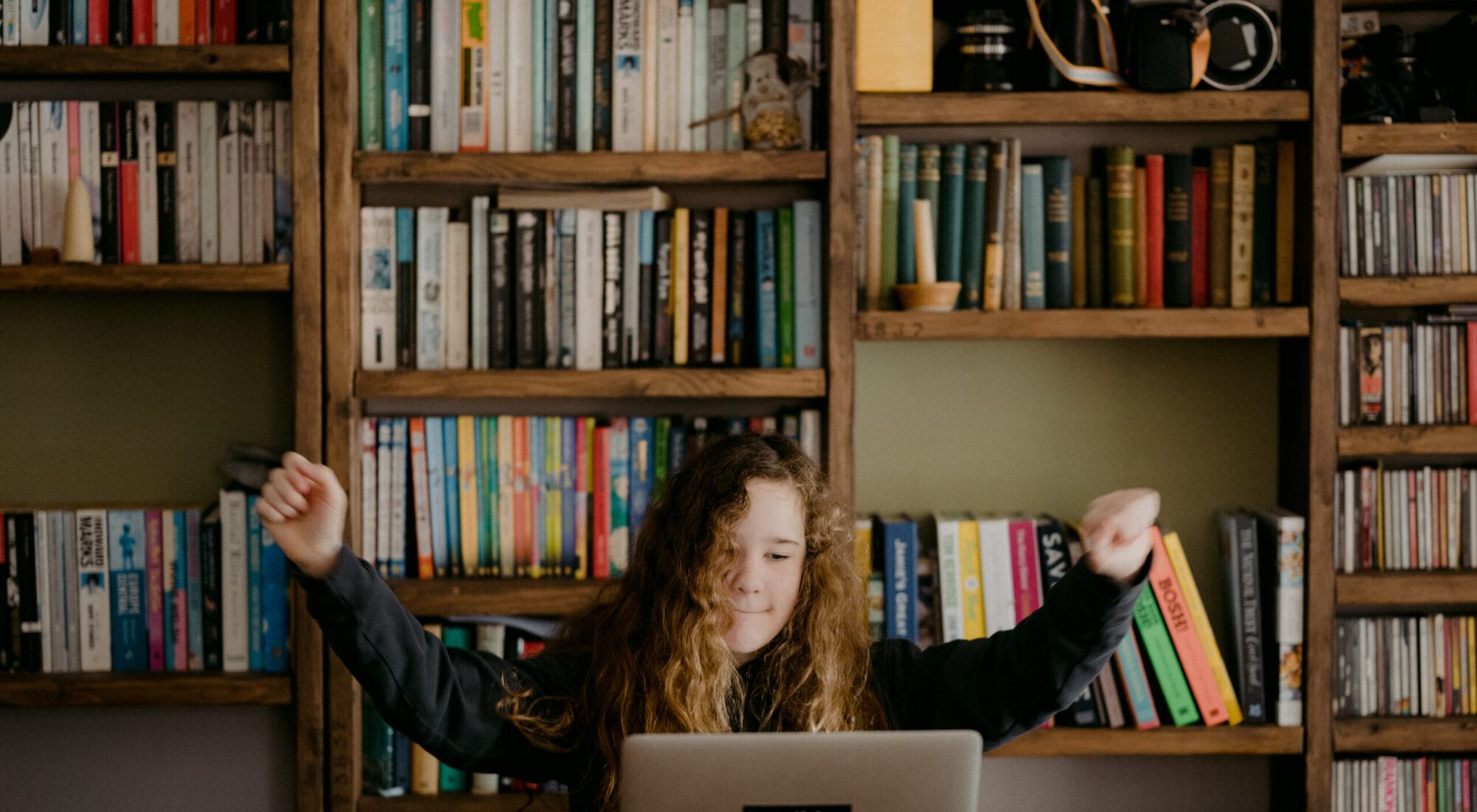

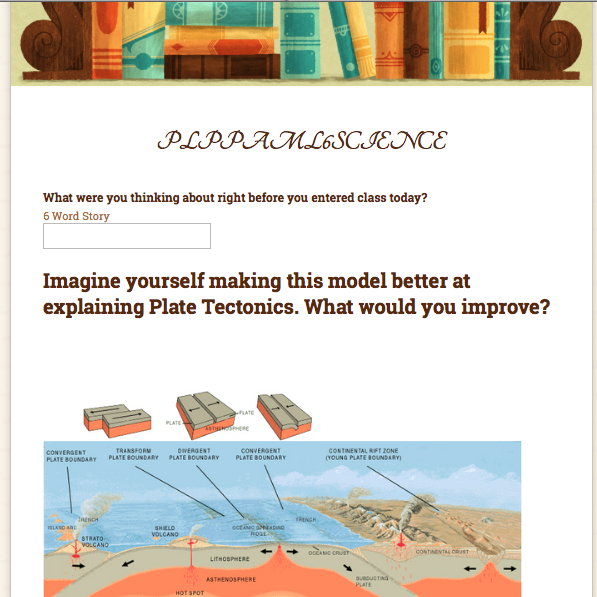
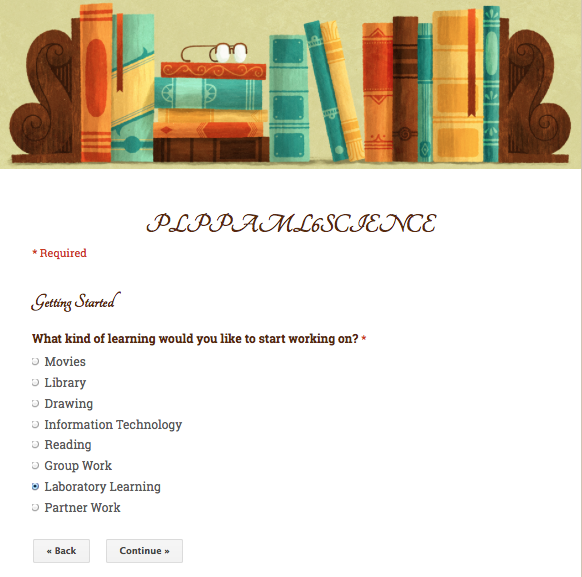
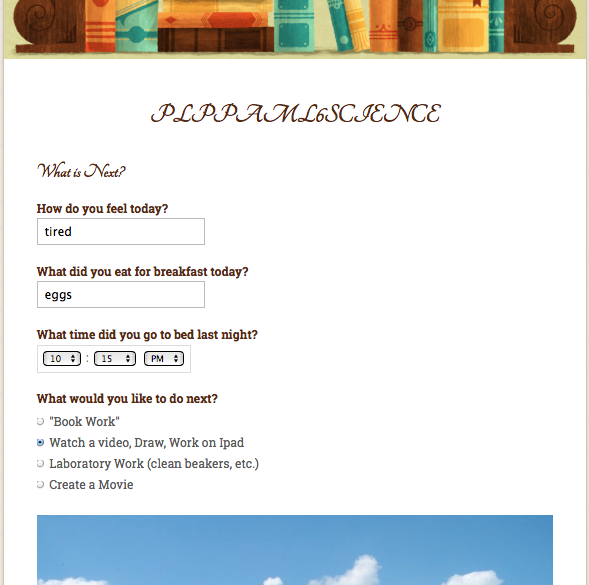
Managing time in blended classrooms, by @hennesss #vted https://t.co/MHu1KHf1Vu https://t.co/nSNTKe30vq
The Tarrant Institute’s Susan Hennessey looks at managing time in blended classrooms, and how i.. https://t.co/AyO5qrUCdS #Disrupt
Managing time in blended classrooms https://t.co/6JTkIXxRYZ
Connected to some discussions at #vtcbl today re: school structure constraints: Managing time in blended classrooms https://t.co/6sgbWHe0pt
The Tarrant Institute’s Susan Hennessey looks at managing time in blended classrooms, and how i.. https://t.co/lH5mSgT8lW #Disrupt
Managing time in blended classrooms https://t.co/UM8FoB4lkk
Managing time in blended classrooms – Innovation: Education https://t.co/ywUQrtjMEk